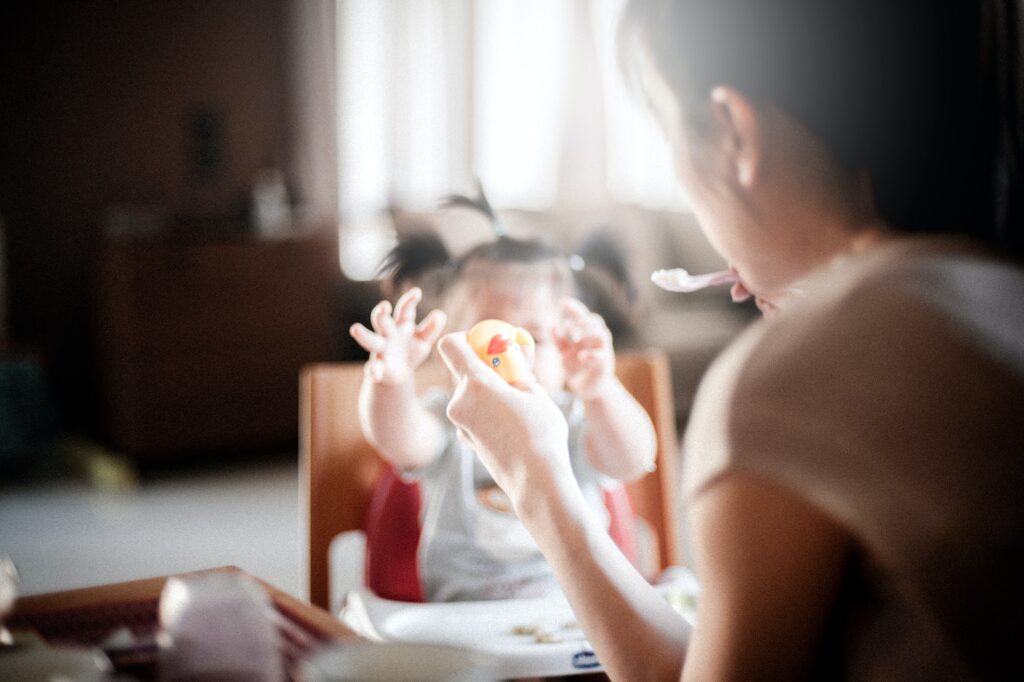Navigating the intricate maze of parenthood involves a perpetual ballet between nurturing growth and defining limits. Two ostensibly interchangeable concepts, discipline and punishment, are frequently interchanged, yet their subtle disparities carry profound consequences for molding your child’s evolution. Recognizing these intricacies is crucial for steering your child toward judicious choices and constructing a robust parent-child relationship.
The Art of Discipline: Nurturing Inner Resilience
Discipline, fundamentally, is an educational endeavor. It represents a proactive methodology, endowing children with the acumen and comprehension to make sagacious decisions. It transcends control, focusing on fostering self-discipline and instilling a sense of accountability. Picture it as erecting a robust bridge, meticulously layering each brick—each brick denoting a valuable lesson assimilated, a skill mastered, and a positive behavior reinforced.

The Pillars of Effective Discipline:
- Lucid and Unwavering Expectations: In fostering a conducive environment for children’s development, it is imperative to establish clear and age-appropriate regulations. Communicating these expectations with crystalline clarity and enforcing them consistently provides a stable framework for children to navigate. By comprehending the repercussions of their actions, children learn responsibility and develop a sense of accountability.
- Open Dialogue and Empathy: Creating a secure space for open dialogue is essential for cultivating healthy communication with children. Encouraging them to articulate their sentiments and understand the reasoning behind rules promotes transparency. Engaging in attentive listening, validating their emotions, and providing guidance without judgment fosters a sense of trust. This empathetic approach encourages children to express themselves and seek guidance when faced with challenges.
- Affirmative Reinforcement: Recognizing and commending desirable behaviors, as well as acknowledging effort, form the foundation of positive reinforcement. This includes verbal commendation, encouragement, and tangible rewards. By reinforcing positive choices, children are motivated to replicate these behaviors, leading to the overall development of a positive mindset and self-esteem.
- Inherent Consequences: Allowing inherent consequences to unfold serves as instructive moments for children. For instance, if a child forgets their homework, facing the teacher’s response becomes a natural consequence. This approach helps children grasp the connection between their actions and the resulting consequences, fostering a sense of accountability and critical thinking.
- Problem Resolution and Alternatives: Instead of resorting to punitive measures, collaborative problem-solving is encouraged. By involving children in the process of finding resolutions to misbehavior, they learn to take responsibility for their decisions. Guiding them through brainstorming alternative actions empowers children to make better choices and contributes to their personal growth and development. This approach emphasizes the importance of learning from mistakes and finding constructive solutions.
The Shade of Punishment: A Blunt Tool
Punishment, conversely, epitomizes a reactive approach. It fixates on administering discomfort or deprivation as a consequence of misbehavior, aspiring to forestall future transgressions through fear or negative reinforcement. Regard it as a momentary Band-Aid—providing immediate relief but neglecting the underlying cause of the wound.
The Pitfalls of Punishment:
- Fostering Resentment and Shame: The utilization of punishment in parenting can inadvertently cultivate negative emotions such as anger, resentment, and shame in children. These emotions may hinder the development of robust self-esteem and trust within the parent-child relationship. Rather than fostering a healthy emotional environment, punishment may inadvertently create a breeding ground for adverse feelings that persist over time.
- Emphasis on Compliance, Not Learning: While punishment may achieve short-term compliance, it often falls short in providing children with a deeper understanding of the reasons behind rules and consequences. Instead of promoting genuine learning and decision-making skills, punishment merely enforces obedience without guiding children towards making judicious choices in the future. This can hinder the development of critical thinking and problem-solving abilities.
- Inconsistent Application and Power Dynamics: The uneven application of punishments, driven by parental frustration or inconsistency, can lead to confusion in children. Such inconsistencies may undermine the child’s sense of security and erode trust in the parent-child relationship. Power dynamics within the family can become skewed, with punishment serving as a tool of control rather than a constructive means of guidance.
- Escalation and Negative Cycles: Punishments have the potential to escalate conflicts within the parent-child dynamic. The initiation of a negative cycle, where misbehavior triggers more punishment, can strain the relationship further. This cycle may perpetuate a sense of hostility and resentment, making it challenging to establish a positive and supportive family environment.
A Paradigm Shift: Embracing Positive Guidance
Transitioning from punishment to positive discipline is a deliberate decision to invest in your child’s protracted development. It demands patience, empathy, and a willingness to guide instead of dictate. Although not always facile, the dividends of erecting a groundwork of self-discipline, trust, and emotional intelligence are priceless.
Building a Bridge of Insight: FAQs on Discipline and Punishment
How can I articulate unambiguous expectations for my child?
- Consider the developmental stage of your child and tailor expectations accordingly.
- Foster involvement by including your child in rule-setting, granting them a sense of ownership and responsibility.
- Employ clear and succinct language to communicate expectations, enforcing them consistently with impartiality and understanding.
What constitutes effective forms of affirmative reinforcement?
- Employ verbal commendation to acknowledge and celebrate desired behaviors with specificity and enthusiasm.
- Dedicate quality time for meaningful interactions and activities that convey your love and appreciation.
- Utilize tangible rewards judiciously and strategically as incentives for sustained positive behavior.
How can I manage inherent consequences effectively?
- Demonstrate empathy and provide guidance, acknowledging the discomfort caused by natural consequences.
- Encourage problem-solving opportunities, guiding your child in brainstorming solutions to avert similar situations in the future.
- Steer clear of lecturing or shaming, focusing on learning and growth rather than fixating on the mistake.
What alternatives exist to punishment?
- Implement time-outs as a method for your child to cool down and reflect on their actions.
- Encourage problem-solving exercises, prompting your child to brainstorm alternative solutions and consequences for their misbehavior.




